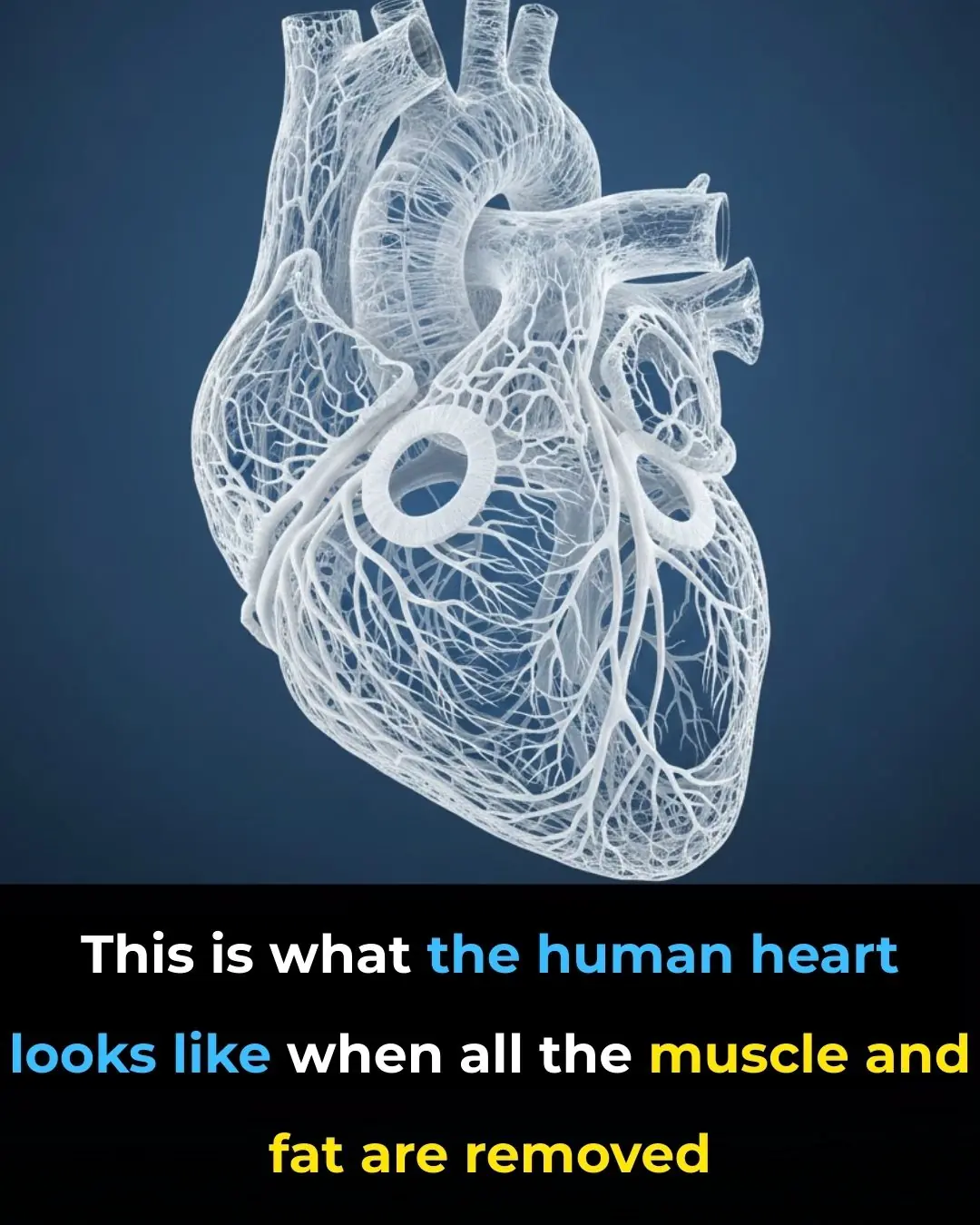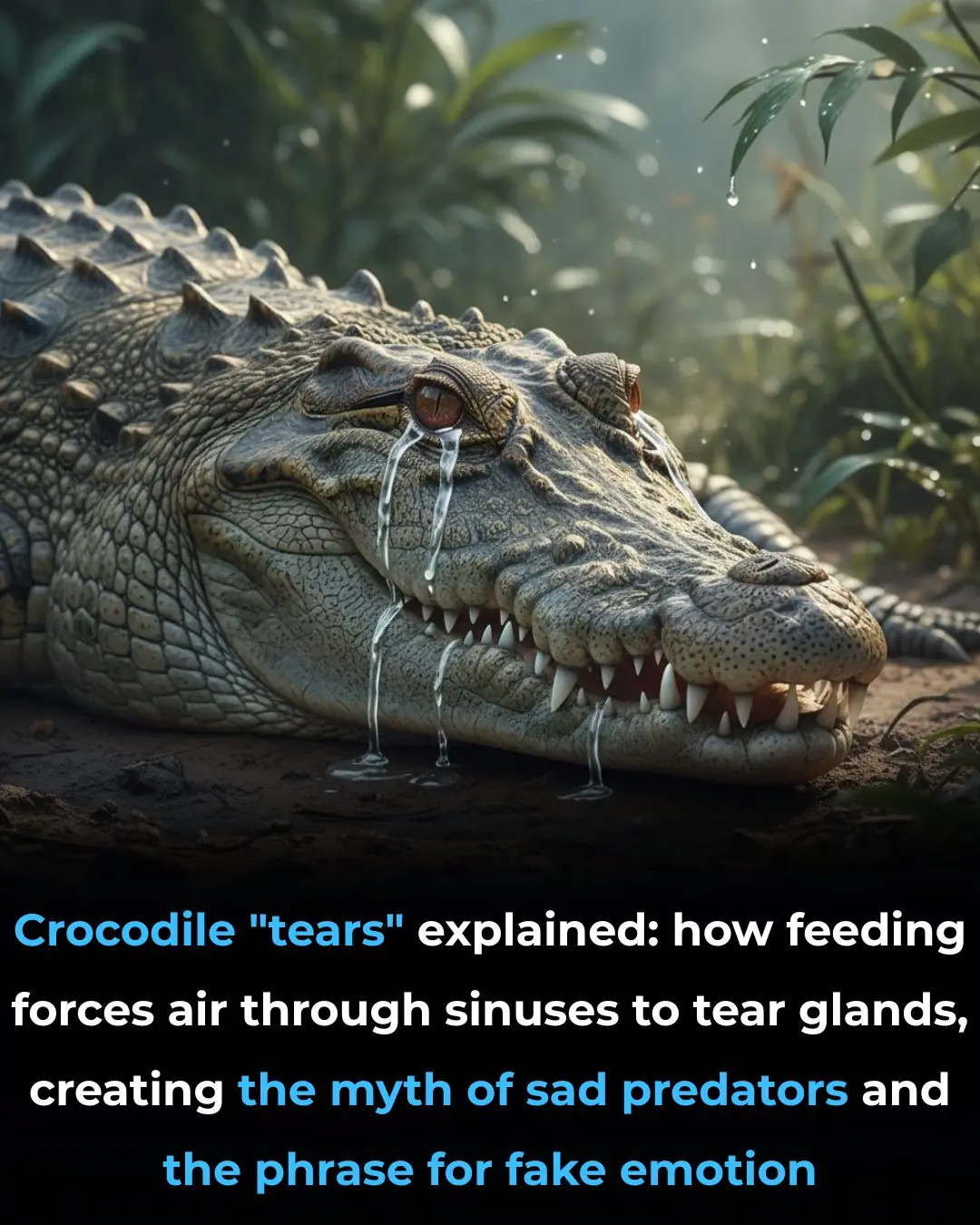
Dolphins and Pufferfish: The Stunning Discovery Behind Their Trance-Like Behaviour
In one of the most remarkable wildlife sequences ever captured on film, BBC researchers recorded a group of dolphins displaying behaviour that appears strikingly similar to recreational drug use. The footage, featured in the BBC series Dolphins: Spy in the Pod, shows the animals carefully manipulating pufferfish—a species known for producing the potent neurotoxin tetrodotoxin. Rather than consuming the fish as prey, the dolphins pressed and mouthed the pufferfish just enough to trigger the release of small amounts of toxin. They then passed the fish between individuals in a surprisingly deliberate and methodical manner. As the dolphins drifted together afterward, they appeared to enter a shared, trance-like state, floating near the surface in slow, synchronized movements.
What makes this behaviour extraordinary is the contrast with typical feeding patterns. Bottlenose dolphins are normally aggressive and efficient predators, rapidly tearing apart fish or squid with little hesitation. In this instance, however, they showed remarkable restraint—handling the pufferfish with gentle precision, as if intentionally avoiding harm to themselves or the fish. After exposure, the dolphins lingered at the surface, seemingly fixated on their reflections and moving with an unusually calm, dreamlike quality. Marine biologists have noted that such behaviour is rare and may suggest purposeful toxin sampling rather than accidental contact.
Tetrodotoxin, the compound released by pufferfish, is extraordinarily powerful—estimated to be more than a thousand times more lethal to humans than cyanide. Despite this, dolphins appear to instinctively regulate how much toxin they expose themselves to, possibly relying on learned experience within social groups. Because tetrodotoxin can cause numbness, mild disorientation, or altered sensory perception in tiny doses, some scientists have proposed that dolphins may be experimenting with its effects. While researchers caution that it is difficult to confirm intentional intoxication, the combination of controlled exposure, social sharing, and subsequent altered behaviour presents a compelling parallel to the way some primate species intentionally seek out fermented fruit or other natural psychoactive substances.
This phenomenon, whether interpreted as playful experimentation, sensory exploration, or complex social bonding, offers a fascinating insight into dolphin cognition. It highlights their capacity for curiosity, cultural learning, and coordinated group behaviour—traits increasingly recognized in modern marine science. The observation also encourages deeper reflection on the similarities between human and non-human intelligence, particularly the shared drive to explore new sensations and experiences.
News in the same category


Revealing the Human Heart: A Stunning Look at Its Circulatory System Without Muscle or Fat

Why the Brain Remembers Negative Experiences More Than Positive Ones: Implications for Mental Health and Well-Being

Having the letter M on the Palm of your hand means that

5 Unique Things You Only Experience When Loving an Older Woman

Doggy School on Wheels: How Canada Reinvented Pet Daycare

The Giant Golden-Crowned Flying Fox: A Viral Encounter With a Critically Endangered Giant

Revolutionary MRI Technology Offers Non-Invasive Tumour Treatment in Sydney

Recreating a Legacy: Ruben Flowers Joins His Father as Co-Pilot on Captain Flowers’ Final Southwest Airlines Flight

Wood vs. Diamonds: The Cosmic Rarity of Life's Fingerprint

🌌 An Accidental Revolution: How the Search for Black Holes Led to the Invention of Wi-Fi

📈 The $5 Trillion Threshold: NVIDIA Becomes the World’s Most Valuable Company, Reshaping Global Economic Influence

🐝 The Silent Threat: Research Links Cell Tower Radiation to Harmful Effects on Honey Bee Health

Why Some Eggs Are Speckled

What Are the “Black Triangles” Between Your Teeth

Inserting a toothpick into this exact spot on the electric kettle has an amazing effect — a useful trick everyone should know

Crocodile Tears Explained: From Natural Reflex to Cultural Legend

Millions Travel Nationwide for a Nostalgic and Festive Thanksgiving Weekend
News Post

Apple Extract: A Natural Alternative to Chemotherapy for Treating Colon Cancer

Revealing the Human Heart: A Stunning Look at Its Circulatory System Without Muscle or Fat

Why the Brain Remembers Negative Experiences More Than Positive Ones: Implications for Mental Health and Well-Being

You're doing it all wrong. Here’s the right way to clean humidifiers

Nurse Promises Not to Laugh at This Man’s Problem

What Your “Odd Animal Out” Choice Says About You

As he nears 100, Dick Van Dyke, 99, makes a touching confession about his life

Two Golden Elixirs for Energy, Glow & Balance

The Power of Hawthorn (Genus Crataegus): A Natural Ally for Heart and Cholesterol Health

The Real Benefits of Mixing Lemon with Activated Charcoal

The Surprising Healing Power of Onion Milk

Increase Breast Size Naturally

Beetroot: 3 Simple Recipes + 10 Powerful Health Benefits

A Small Refrigerator Button Can Save You Hundreds on Your Electric Bill: Most People Don’t Know

AVOID Ginger If You Have THESE Health Problems

Magic Eraser can be used for almost anything, but here's what you didn't know

Why You Shouldn’t Keep Doors Fully Closed When Using Air Conditioning

12 medications you should never mix with coffee

8 Foods That Fight Cancer – Add Them to Your Diet Regularly
